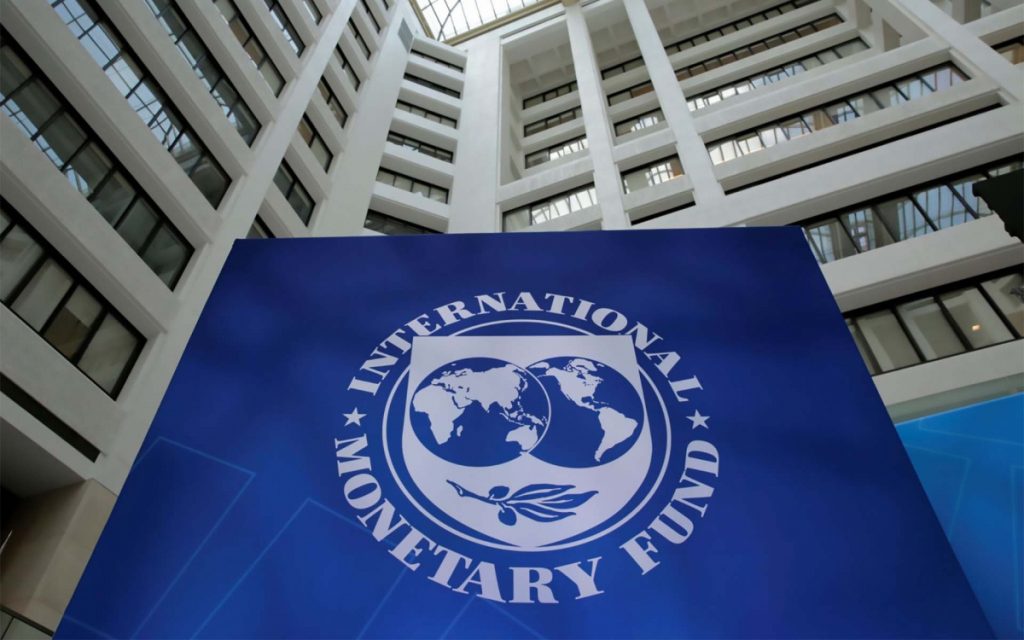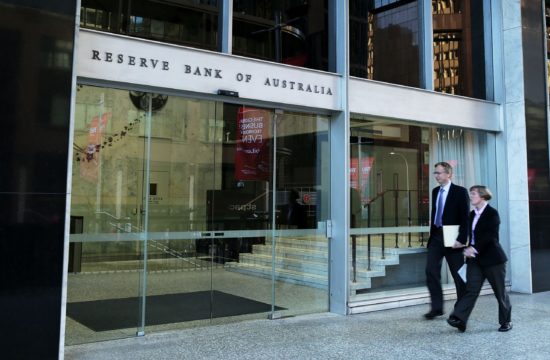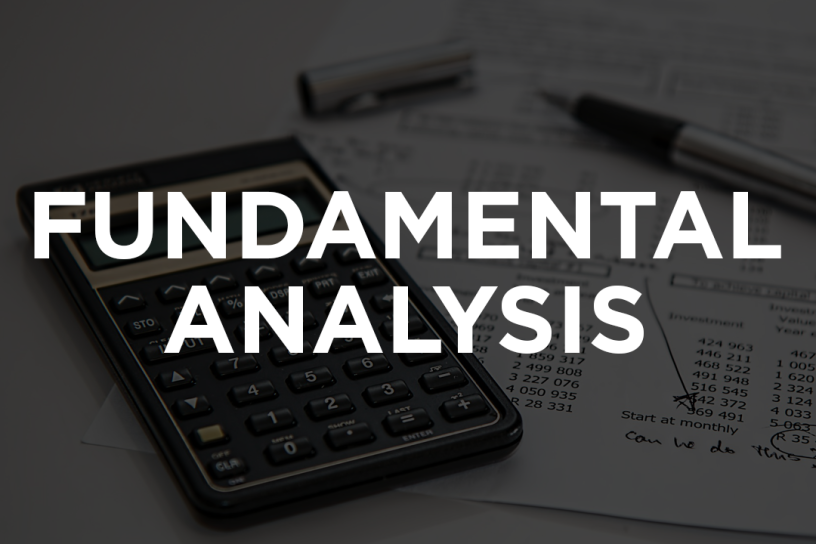- IMF staff provides analysis of Argentine authorities’ revised debt restructuring proposal as part of ongoing technical assistance.
- IMF staff analysis finds that Argentine authorities’ revised debt restructuring proposal would be consistent with restoring debt sustainability with high probability.
- IMF staff’s assessment further suggests that there is only limited scope to increase payments to private creditors and still meet the debt and debt service thresholds.
Washington, DC – Introduction . To address its unsustainable debt burden, Argentina is in the process of seeking a restructuring of its debt to private creditors. Restoring public debt sustainability with high probability is essential for Argentina to return to sustainable and inclusive economic growth.
In the context of their debt negotiations with private creditors and as part of ongoing technical assistance from the IMF, the Argentine authorities requested that IMF staff assess their revised debt restructuring proposal of May 26 against the framework set forth in staff’s Technical Note on Public Debt Sustainability , which was published on March 20, 2020. [1]
The underlying macroeconomic assumptions contained in the March Technical Note remain subject to exceptional uncertainties, particularly with respect to the impact of the Covid-19 pandemic, with significant downside risks to Argentina’s economic outlook, fiscal position, and—potentially—debt-carrying capacity.
Findings . Staff finds that the authorities’ revised debt restructuring proposal of May 26 would be consistent with restoring debt sustainability with high probability under the March Technical Note’s macroeconomic assumption and the authorities’ financing assumptions contained in their revised debt restructuring proposal of May 26 (see below). However, staff’s analysis suggests that there is only limited scope to increase payments to private creditors while still meeting the debt and debt service targets and other conditions set forth in the March Technical Note.
Technical Assessment . Staff assessed the authorities’ revised debt restructuring proposal of May 26 under two sets of assumptions. First, staff used the macroeconomic framework elaborated in the March Technical Note and the financing assumptions set forth in the March Technical Note. [2] Second, staff used the macroeconomic framework elaborated in the March Technical Note and the financing assumptions contained in the authorities’ revised debt restructuring proposal of May 26. [3] Staff findings—predicated on the downside risks highlighted above not materializing—are as follows:
· First, under the macroeconomic framework and financing assumptions contained in the March Technical Note, the authorities’ revised debt restructuring proposal of May 26 would result in gross financing needs (GFNs) and debt service denominated in foreign currency (FX debt service) ratios as a share of GDP that exceed the 5 percent of GDP and 3 percent of GDP medium-term thresholds, respectively, that staff deems necessary to restore debt sustainability with high probability. Other important conditions identified in the March Technical Note would be met, however: the debt-to-GDP ratio would remain broadly stable after 2030 and GFNs and FX debt service would remain manageable after 2030. In addition, debt service payments to private creditors in 2020-24 would be sufficiently low to mitigate near-term refinancing risk.
· Second, using staff’s macroeconomic assumptions contained in the March Technical Note but the authorities’ financing assumptions, the authorities’ revised debt restructuring proposal would result in GFN and FX debt service ratios as a share of GDP that fall marginally below the 5 percent of GDP GFN and 3 percent of GDP FX debt service medium-term thresholds necessary to restore debt sustainability with high probability. Moreover, the debt-to-GDP ratio would remain broadly stable after 2030; GFNs and FX debt service would remain manageable after 2030; and debt service payments to private creditors in 2020-24 would be sufficiently low to mitigate near-term refinancing risk.
[1] At the request of the Argentine authorities, IMF staff prepared a Technical Note on Public Debt Sustainability, which was published on March 20, 2020. The March Technical Note provided staff’s view on the envelope of debt relief that could underpin a debt restructuring consistent with restoring public debt sustainability with high probability. Specifically, it presented staff’s views of manageable levels of gross financing needs (GFNs) and debt service denominated in foreign currency (FX debt service) in the medium-to-long term, conditional on a feasible macroeconomic framework and policy assumptions, and under alternative assumptions about post-restructuring borrowing conditions. The March Technical Note and this Staff Statement are a form of technical assistance under Article V, Section 2(b), of the IMF’s Articles of Agreement.
[2] The Technical Note contained three scenarios with different financing assumptions about the terms at which the Argentine government could borrow during 2021-24 to meet the obligations to official creditors falling due during this period (see paragraphs 21-24 of the Technical Note).
[3] The authorities assume the financing gap arising from the official debt service falling due during 2021-24 is refinanced at a weighted average interest rate of 3.5 percent and maturity of 8.8 years. Under the most generous financing scenario in Staff’s March Technical Note (Scenario 3), this financing gap was assumed to be refinanced at an interest rate of 5 percent and maturity of 7 years.














